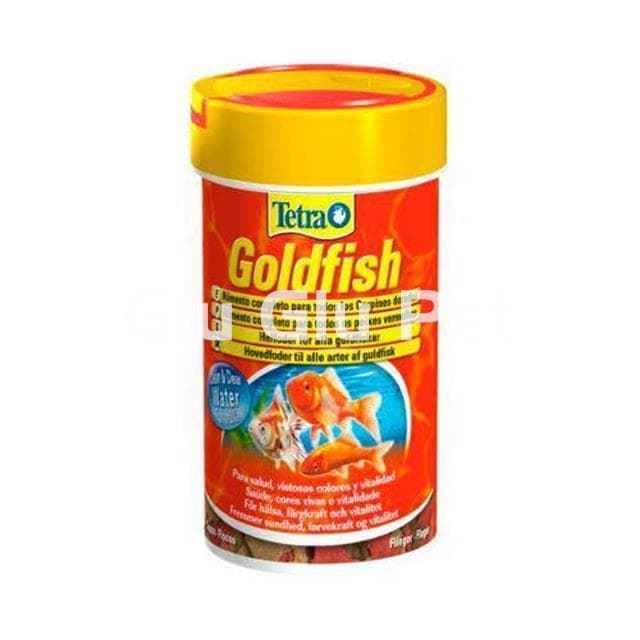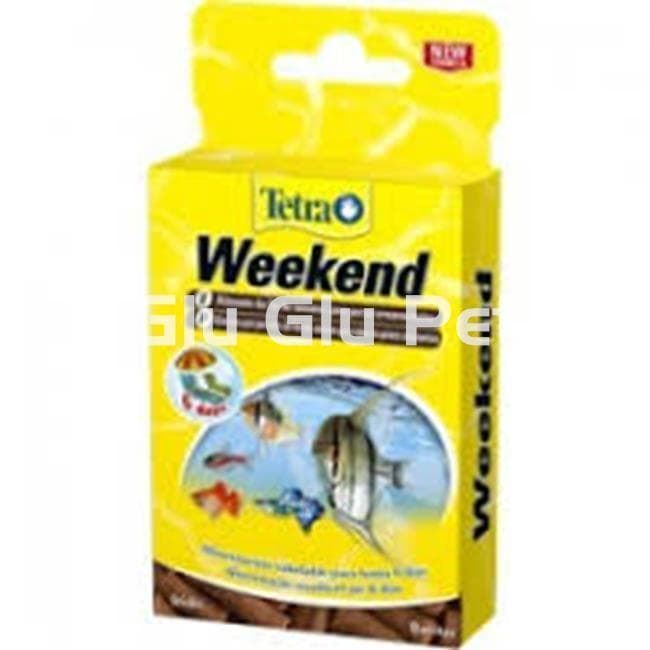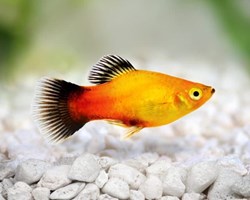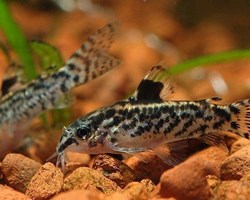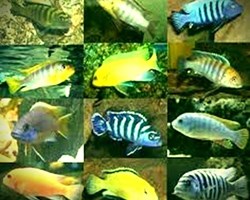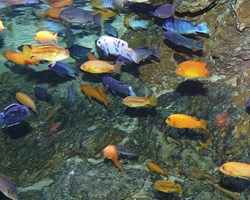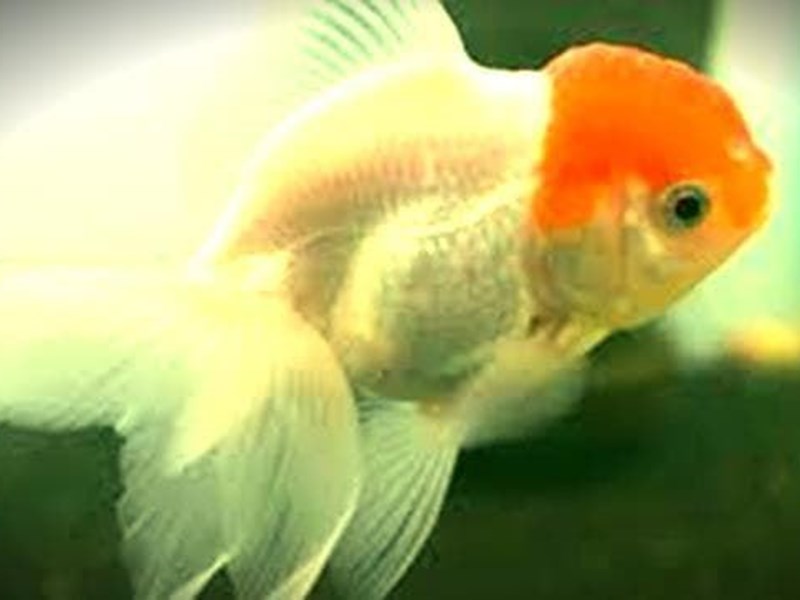
The lionhead fish is one of the most popular varieties of goldfish, and today it can be found in a large number of aquariums, whether domestic or not.
The particular name of this fish is explained by the constitution of its body.
When you see a colored fish, generally orange, between 15 and 18 centimeters long, with a rounded body and a head of considerable dimensions compared to its body, you will be dealing with a member of this species.
These vertebrates have difficulty swimming due to the excess weight they have to support in the front part of their body.
Lionhead fish have become a highly prized species due to their striking shape and color.
It is mainly characterized by its short and bulky body, its head is shaped like a large raspberry and it does not have a dorsal fin.
It is not very good at swimming, so it is recommended to keep it with other similar species, which are not very fast, so they will not take away their food.
The lionhead fish is a striking species with orange coloration, its head is shaped like a raspberry and it is larger than its body, so it needs to live with fish of the same or similar species.
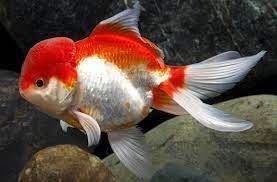
CARE THAT A LIONHEAD FISH NEEDS:
Like any other marine breed, lionhead fish need a certain series of care.
The first thing to consider is the size of your fish tank.
It is important that when we have a pet we respect, as far as possible, its habitat.
Lionhead fish need a relatively large tank to ensure oxygenation of the water and avoid respiratory problems.
The convenient thing is that, at a minimum, your aquarium can hold 180 liters of water, that is, you have to have a fish tank of 100 centimeters x 40 centimeters x 45 centimeters.
At least two lionheads can live in it because it is important that no lionhead is left alone.
They are used to living in society.
As for the temperature of the water, it has to range between 15º and 22º and it has to be changed once a week.
When you do, take the opportunity to clean the aquarium and the plants inside it.
Compared to other species, this fish needs more attention and care due to the excessive size of its head, which can affect its breathing and mobility.
The ideal in this case is to keep it in an aquarium with aerated water and, if it has a filter, it must generate low currents so as not to cause poisoning in the fish.
The lionhead fish can measure between 15 and 18 centimeters and its behavior is very calm when it lives with other fish.
So that you can swim safely and confidently, the ideal is that the aquarium contains at least 150 l. per pair, but you should not have more than five specimens in the same area since when there are too many, clashes between them may arise.
Although they do not need very particular care like other species, this does not mean that they should be neglected.
The most important thing is to verify that they consume special foods for a better quality of life and that the temperature of the water is not lower than 7º.
It is also important to plant tall and natural plants so that they swim to their liking.
It is recommended not to place large or pointed objects inside the aquarium to prevent the fish from colliding with them when swimming.
The lighting should be normal, when the sun goes out the light will have to be turned off to make it look like the darkness of the night.
The water should be changed from time to time to avoid the accumulation of mold or bacteria that can represent diseases.
With these basic care you will not have to worry.
The life of a lionhead fish is a true balance to live healthy for many years.
So that they are not affected by different types of diseases at an early age, their development must be as similar as possible to what it would be in nature.
To do this, you need an aquarium with vegetable plants, a suitable temperature and a correct pH.
This species needs a series of special attentions because the size of its head affects its breathing.
You must avoid temperature fluctuations inside the aquarium although, although it is true, it is positive that as the days go by, the temperature of the water increases naturally and gradually.
To avoid sudden changes, it is most convenient to opt for a thermo-heater.
For lionhead fish to feel safe swimming around the aquarium they need to be surrounded by tall, fine plants.
So this may be your opportunity to create a seabed or a small ecosystem inside the house, but it is necessary to have some aspects in mind before getting down to work.
Although it is difficult to believe, the size of the fish tank is the beginning of your correct choice to raise this species.
It is necessary to have a heater completely submerged in the fish tank.
In this way, you will not only prevent the container from being damaged, but you will also be able to avoid any incident with the fish of this genus, knowing that they are bad at swimming because of their large head and small body.
The lionhead fish adapts perfectly to any environment.
Due to the size of its head, it requires a special decoration so that it can swim safely.
It is best to place tall, natural plants inside the aquarium.
It is not convenient to place large or pointed stones because the only thing they will do is hinder their swimming, which will cause stress.
This symptom in fish can damage their immune system, causing their defenses to be weakened.
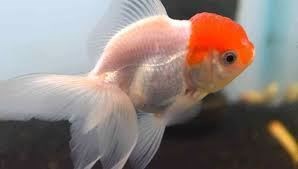

LIONHEAD FISH NUTRITION:
Note that this variety of goldfish is omnivorous, which means that it can adapt to any type of food.
You can give him frozen food or live food.
Also vegetables and vegetables as well as food in Glu Glu Pet.
To ensure a strong state of health, it is recommended that this fish eat a balanced diet rich in protein, vitamins and minerals.
The lionhead fish comes from the family of omnivores, so they receive all kinds of supplies in their small body.
They can be fed by giving them frozen meals or live foods, they also perfectly digest flake food so you can give them small portions of peas or vegetables from time to time.
All of them will help ensure a better quality of life.
Vegetables are essential to strengthen the immune system of this species, they can even help prevent possible diseases.
Lionhead fish are recommended to those users who are just entering the world of aquarium hobby since they turn out to be very resistant and require less care.
Being an omnivorous species, they can be fed a variety of foods that ensure a long and healthy life, as well as a more developed growth.
It is necessary to have a diet as balanced as possible that contains vitamins, proteins and minerals.
In this way, the fish will not get bored of always eating the same thing.
Compared to other species, the lionhead fish needs a rich and varied diet so you can give it vegetables, cereals, meat, fruits, spinach, cauliflower, mosquito larvae, fruit flies, shrimp, crab, lettuce, cucumber or tubifex, among many other top quality foods.
Peas are one of the fish's favorite foods. Lion.
This should be peeled off before eating and divided into four equal portions.
The idea is to feed the lionhead three or four times a day, giving it in small portions so that its body can digest it properly.
If you have other fish in the aquarium living with this species, it is best to throw the food as close as possible so that the others do not gain an advantage and take it away.
Before giving another portion a day, make sure that the above has been finished so that the residues do not accumulate in the water and spread everywhere.
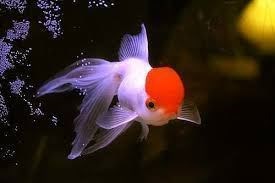
BEHAVIOR AND COMPATIBILITY:
Keep in mind that the lionhead fish is usually slow due to the excessive weight of its head.
Although it is a friendly fish and capable of coexisting with other species, they do not have to belong to families of great swimmers because, otherwise, they could take away the lionhead's food and weaken its health.
The most convenient thing is to have some lionheads coexist with others, but the sex of the fish must be taken into account.
If, in case of reproduction, you could take care of the offspring, you do not need to take into account the sex of your pets but, if not, try to make them all male or all female.
Lionhead fish have the peculiarity of being slow swimmers due to their huge head and small round body.
It does not have a dorsal fin and they are striking due to their intense orange color, they also have a very calm behavior and adapt perfectly with other species.
It is advisable that the other fish are not very fast so that they do not take away their food.
When it feels stressed, the lionhead fish stays hidden in its habitat most of the time, which can affect its immune system and this can lower its defenses.
In addition to having a calm demeanor, they are always active but, due to the size of their heads, they swim slowly and lean slightly forward.
The absence of a dorsal fin also helps to increase this inclination.
Lionhead fish appreciate the company of other species because being in society, they feel more protected, like at home.
Within this genus there are three different varieties.
Among them we find the Japanese Ranchu, the Chinese Ranchu and the American Ranchu.
The first of them is characterized by having a caudal fin, which is more pronounced in the Japanese variety.
The second has a larger head and a round and compact body, while the latter has a deeper curvature in the back and a narrower body.
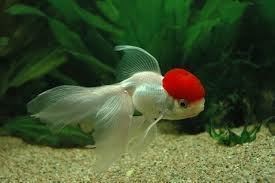
REPRODUCTION OF THE LION HEAD FISH:
For the reproduction of eggs it is important to have a large aquarium so that the females can lay their eggs on the tall and thin leaves.
Then they can be moved to another fish tank to prevent them from being eaten by fish of the same species.
This species is one of the oldest and they resemble their predecessors because of their egg shape.
His first appearance was in China to recall the image of the legendary dog-lion. However, over time it was introduced to Japan who created the more rounded head and with modified vintages to make it more attractive to other fish.
When the little fish of this species are born, the appearance of their head is not very noticeable, but as time goes by, their head becomes noticeable, although generally everything depends on the care given to them at the time of their birth.
Lionhead fish turn out to be quite active but because of their forward leaning shape they are poor swimmers.
When they come into heat, the males begin to chase and beat the females in order to cause them to spawn.
This process takes a couple of days and can cause the females stress, even death.
The latter, to try to escape this constant harassment, need to hide and rest from the pressure, so it is important that the aquarium is large and that it has plants.
If you have a large fish tank and you want your fish to reproduce, the first thing you need to do is make sure the adults are fed properly.
Also, lionheads do not breed throughout the year but rather in certain seasons. To make sure they feel the seasons of the year and know what they are in, don't always keep the water temperature the same.
Keep them for seven weeks at about 10º and gradually increase the temperature of the water until it reaches 23º.
At that time, the fish will believe that it is summer. Do not increase more than two degrees a day because they could get stressed.
If you fulfill all of the above, you will get your fish to reproduce.
A female can release up to 10,000 eggs but, as is evident, not all of them will hatch.
To make sure they hatch, you have two options; You either leave the eggs in the tank and remove the parents, or you leave the parents and remove the fry.
Once the little ones are born, you will have to buy a much larger aquarium as it will house many more fish.
With the young you have to take the same care as with the parents.
If you take all of the above into account, your goldfish can live up to ten years.
Most colorations are easily found in the lionhead fish, even today there is a kind of interpretation of the oranda red cup.
Unfortunately, it is very difficult to find this genus since in China it was seen as the color of death, for this reason it was decided to remove it from the breeding processes.
Due to their particular characteristics, the young should not be mixed with other fish that are not of the same species, nor is it advisable to keep them in ponds since they are slow swimmers.
Breathing can be affected by the size of their head, so it is recommended to keep them in a perfectly oxygenated aquarium. In addition, a large space is required due to the large size that they can reach a few months after birth.
One of the advantages of raising this kind of fish is that they do not usually cause much inconvenience despite their activity, it is only enough to plant natural plants inside the aquarium so that they can swim as much as they want without tripping over anything.
Remember that for them to feel comfortable they need a large place in case they want to reproduce.
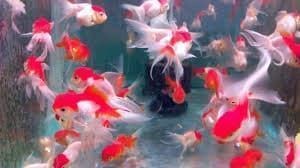
Other articles that may interest you:
- Common goldfish is a popular pet because of its attractive color and how simple its care is, it will allow the animal to live for many years.
- Goldfish, the best known cold water red fish in the world.
Important Lionhead Fish Care Products:
- BLAU KIT CUBIC 42.
- HAGEN NANO AQUARIUM FLUVAL FLORA 30L.
- 100L aqualed aquarium kit with Optimus filter (ICA).
- 25L BLACK ICA AQUARIUM KIT.
- AQUALD 68 PRO aquarium kit (ICA).
- KIT AQUA LED 45 PRO (ICA).
- EHEIM CLASSIC 150 / 2211.
- EHEIM PROFESSIONAL 4 250.
- Fluval 207 External Filter.
- JBL Cristal professional e402.




